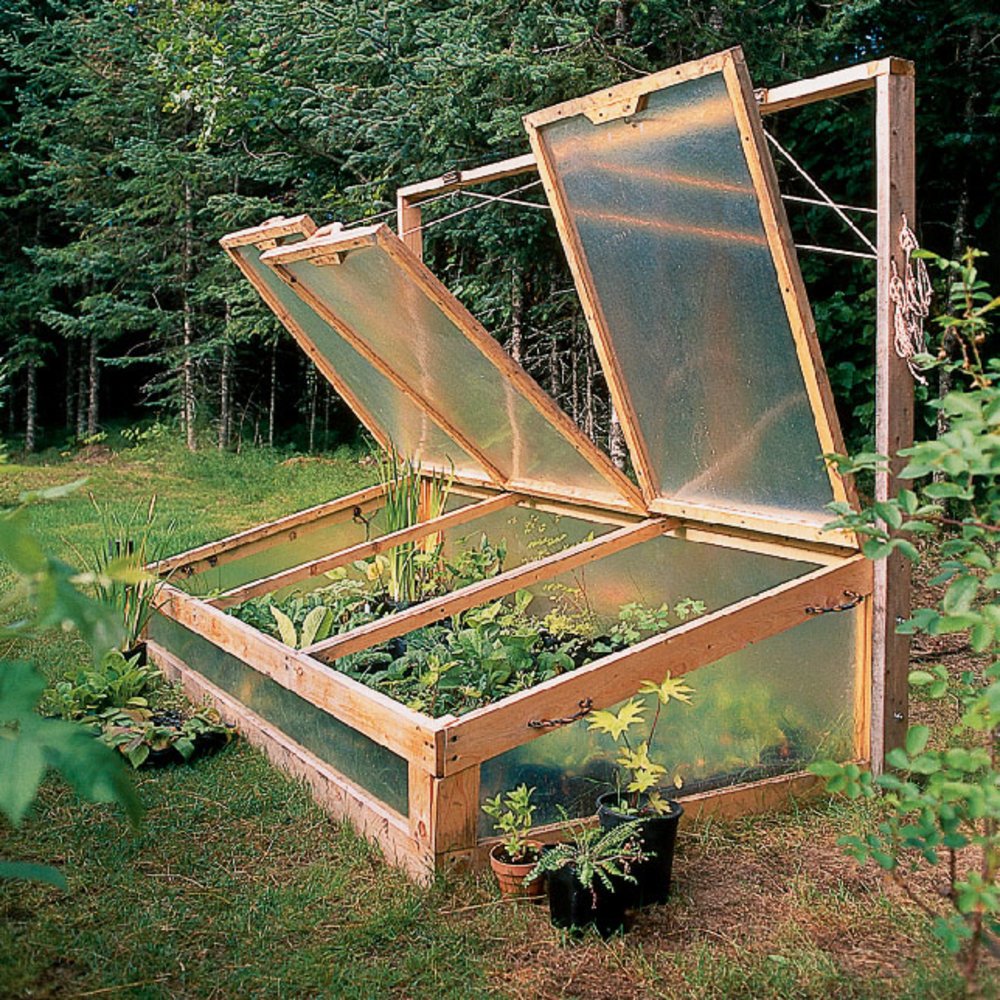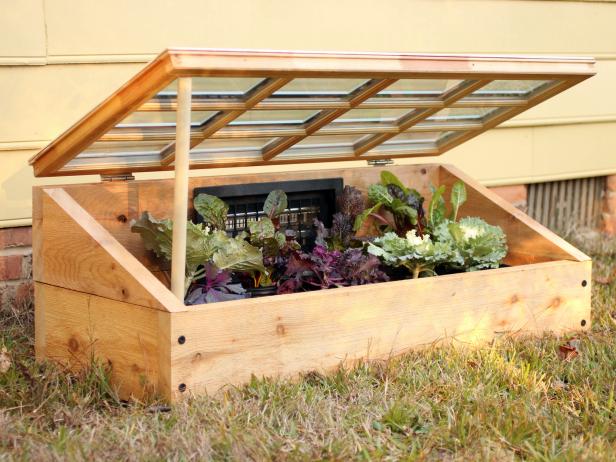Reviving Old Windows for a Sustainable Gardening Solution
Upcycling old windows into cold frames is a creative and environmentally friendly way to extend the growing season and promote sustainable gardening practices. By repurposing old windows, you can reduce waste, conserve resources, and create a unique gardening feature that adds character to your outdoor space. This DIY project is not only eco-friendly but also cost-effective, as it eliminates the need for expensive materials and reduces the carbon footprint associated with traditional gardening methods. Learning how to make a cold frame from old windows can be a rewarding experience, and with the right guidance, anyone can create a thriving garden bed from reclaimed materials.
Understanding the Basics of Cold Frame Gardening
Cold frame gardening is a technique that allows gardeners to extend the growing season, protect plants from harsh weather, and promote healthy growth. By creating a microclimate within the cold frame, gardeners can control temperature, humidity, and light levels, creating an ideal environment for plants to thrive. This method is particularly useful for growing cool-season crops, such as lettuce, kale, and spinach, which can be harvested year-round. Additionally, cold frames can be used to harden off seedlings, allowing them to adapt to outdoor conditions before being transplanted. When learning how to make a cold frame from old windows, it’s essential to understand the principles of cold frame gardening to ensure a successful and productive harvest.
How to Select the Perfect Old Windows for Your Cold Frame
When learning how to make a cold frame from old windows, selecting the right windows is crucial for a successful project. The ideal windows should be sturdy, durable, and able to withstand outdoor weather conditions. Consider the size of the windows, as larger windows will provide more growing space, while smaller windows can be used for smaller plants or herbs. The material of the windows is also important, with wooden or metal frames being more durable than vinyl or aluminum. Additionally, inspect the condition of the windows, looking for any signs of damage, rot, or broken glass. Old windows with intact glass and frames can be refurbished and reused, reducing waste and saving resources. By choosing the right old windows, you can create a functional and sustainable cold frame that will thrive for years to come.
Preparing Your Old Windows for the Cold Frame Conversion
Before building a cold frame from old windows, it’s essential to prepare the windows for the conversion process. This step is crucial in ensuring the windows are clean, sturdy, and ready for the cold frame structure. Start by cleaning the windows thoroughly, removing any dirt, grime, or old paint. Use a gentle cleaning solution and a soft-bristled brush to avoid damaging the glass or frames. Next, disassemble the windows, removing any hinges, handles, or other hardware. This will give you access to the frames and allow you to inspect for any damage or rot. Refurbish the frames by sanding and repainting them, if necessary. Additionally, replace any broken glass or repair any damaged frames to ensure the windows are secure and functional. By properly preparing the old windows, you’ll be able to create a sturdy and durable cold frame that will withstand the elements and provide a thriving environment for your plants. When learning how to make a cold frame from old windows, this step is crucial in ensuring a successful and long-lasting project.
Building the Cold Frame Structure: A Step-by-Step Guide
When learning how to make a cold frame from old windows, building the structure is a crucial step. To create a functional and durable cold frame, follow this step-by-step guide:
Step 1: Frame Construction – Build a rectangular frame using 2×6 or 2×8 lumber, depending on the size of your cold frame. Ensure the frame is sturdy and can support the weight of the windows and soil.
Step 2: Window Installation – Attach the prepared old windows to the frame, using hinges and latches to secure them. Make sure the windows are level and evenly spaced.
Step 3: Insulation – Add insulation to the frame, using materials like foam board, straw, or shredded newspaper. This will help regulate the temperature inside the cold frame.
Step 4: Roofing – Install a roof on the cold frame, using materials like asphalt shingles, corrugated metal, or translucent roofing panels. Ensure the roof is waterproof and can withstand harsh weather conditions.
Step 5: Bed Preparation – Prepare the bed inside the cold frame by adding a layer of gravel or broken pottery for drainage, followed by a layer of compost and topsoil.
By following these steps, you can create a functional and sustainable cold frame from old windows. Remember to always consider the size, material, and condition of the windows when building your cold frame, and don’t hesitate to get creative with your design. With a little patience and effort, you’ll be enjoying a thriving cold frame garden in no time.
Adding the Finishing Touches: Bed Preparation and Planting
Once the cold frame structure is built, it’s time to add the finishing touches and prepare the bed for planting. This crucial step ensures a thriving and healthy garden. When learning how to make a cold frame from old windows, it’s essential to consider the following factors:
Soil Selection – Choose a high-quality potting soil that drains well and is specifically designed for cold frame gardens. Avoid using soil from your yard, as it may compact and prevent proper drainage.
Drainage – Add a layer of gravel or broken pottery at the bottom of the cold frame to ensure excess water drains away from the roots. This prevents waterlogged soil and root rot.
Irrigation – Install a drip irrigation system or soaker hose to deliver water directly to the roots. This efficient system reduces evaporation and runoff, conserving water and minimizing waste.
Bed Preparation – Fill the cold frame with a mix of compost, topsoil, and perlite or vermiculite. This well-draining mix promotes healthy root growth and prevents waterlogging.
Planting – Plant your chosen vegetables, herbs, or flowers, leaving enough space for growth and air circulation. Water thoroughly after planting and keep the soil consistently moist during the first few weeks.
By following these steps, you’ll be able to create a thriving cold frame garden that provides fresh produce year-round. Remember to monitor temperature and moisture levels, and adjust as needed to ensure optimal growing conditions. With proper care and maintenance, your cold frame garden will flourish, and you’ll be enjoying the fruits of your labor in no time.
Tips and Tricks for Maintaining a Thriving Cold Frame Garden
Once the cold frame is built and planted, it’s essential to maintain it properly to ensure a thriving and healthy garden. When learning how to make a cold frame from old windows, it’s crucial to consider the following tips and tricks:
Temperature Regulation – Monitor the temperature inside the cold frame, opening the windows on warm days to prevent overheating and closing them on cold nights to retain heat.
Pest Management – Keep an eye out for pests like slugs, snails, and aphids, using organic methods to control infestations and prevent damage to plants.
Seasonal Maintenance – Adjust the cold frame’s ventilation and insulation according to the season, ensuring optimal growing conditions for your plants.
Watering – Water plants carefully, avoiding overwatering which can lead to root rot and other problems. Check the soil moisture regularly, and water only when necessary.
Fertilization – Feed your plants with a balanced fertilizer, taking into account the specific needs of each plant variety.
Pruning and Training – Prune and train plants to promote healthy growth, increase yields, and encourage air circulation.
By following these tips and tricks, you’ll be able to maintain a thriving cold frame garden that provides fresh produce year-round. Remember to stay vigilant, monitoring your plants’ health and adjusting your care routine as needed. With proper maintenance, your cold frame garden will flourish, and you’ll be enjoying the fruits of your labor in no time.
When building a cold frame from old windows, it’s essential to consider the long-term maintenance requirements. By incorporating these tips and tricks into your care routine, you’ll be able to create a sustainable and thriving garden that benefits both you and the environment.
Common Mistakes to Avoid When Building a Cold Frame from Old Windows
When learning how to make a cold frame from old windows, it’s essential to be aware of common mistakes that can lead to a failed project. By understanding these pitfalls, you can troubleshoot and overcome potential issues, ensuring a successful and thriving cold frame garden.
Insufficient Insulation – Failing to provide adequate insulation can lead to temperature fluctuations, damaging plants and reducing yields. Ensure that your cold frame is well-insulated, using materials like foam board, straw, or shredded newspaper.
Inadequate Drainage – Poor drainage can cause waterlogged soil, leading to root rot and other problems. Make sure to include a drainage system, such as a layer of gravel or broken pottery, to prevent water accumulation.
Incorrect Window Orientation – Failing to orient the windows correctly can reduce sunlight and heat gain. Ensure that the windows face south (in the northern hemisphere) to maximize sunlight and heat absorption.
Improper Ventilation – Inadequate ventilation can lead to overheating, causing damage to plants. Install vents or windows that can be opened to regulate temperature and promote air circulation.
Using the Wrong Materials – Selecting the wrong materials for your cold frame can lead to structural issues and reduced lifespan. Choose durable, weather-resistant materials, such as cedar or recycled plastic, to ensure a long-lasting structure.
Not Considering Climate and Weather – Failing to consider local climate and weather patterns can lead to a cold frame that’s not suitable for your region. Research and understand the specific needs of your plants and the local climate to create a successful cold frame garden.
By being aware of these common mistakes, you can avoid costly errors and ensure a successful cold frame garden. Remember to plan carefully, considering all aspects of your project, and don’t hesitate to seek guidance if you’re unsure. With patience and attention to detail, you’ll be able to create a thriving cold frame garden that provides fresh produce year-round.








